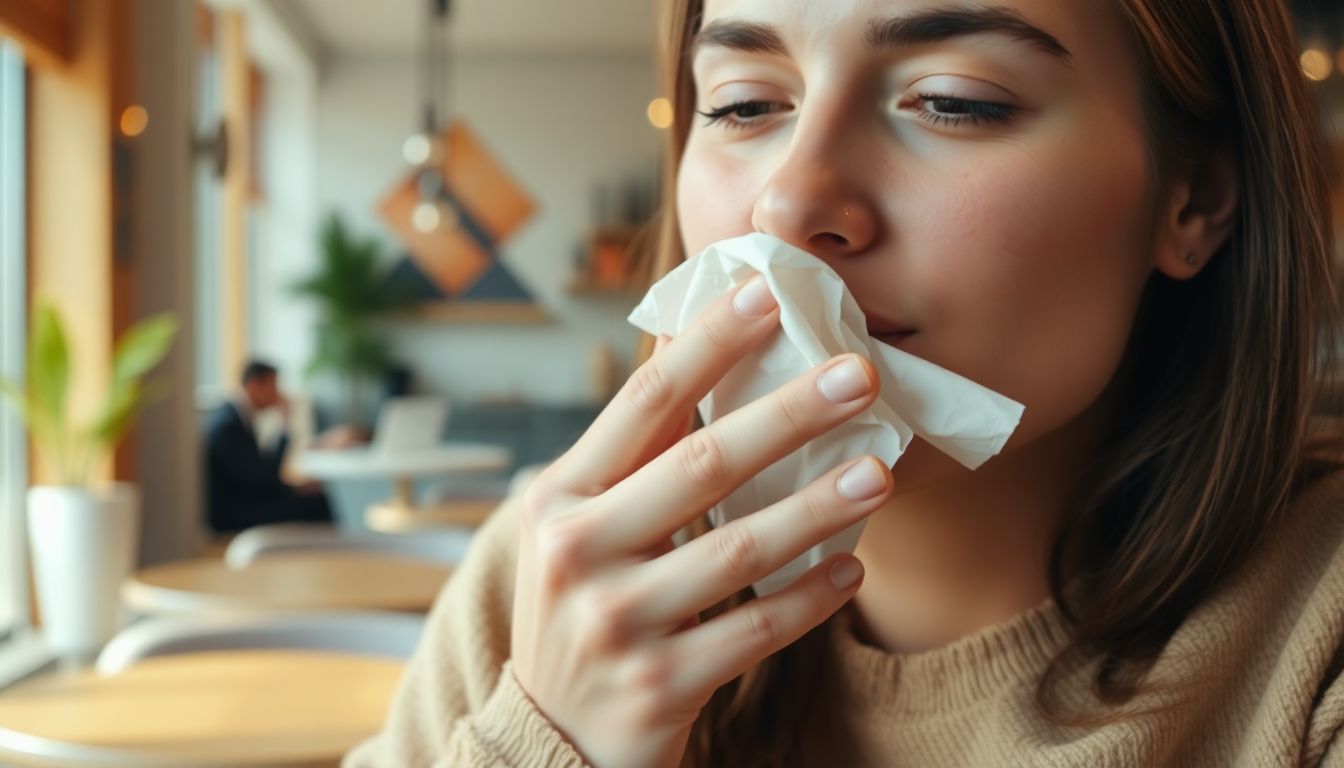Congestive Heart Failure: Symptoms, Diagnosis Treatment
Discover essential information on congestive heart failure, including symptoms, diagnosis, and effective treatment options to manage your health effectively.

Knowing when you are most contagious is key to stopping the spread of illness. It helps you decide when to stay home or wear a mask. Whether during flu season, COVID-19, or other sicknesses, timing matters. Understanding how infections spread can protect you and others. It’s not just about symptoms; it’s about when your body releases the virus into the environment.
Contagiousness is the time when you can pass a disease to others. This period begins before symptoms show up and can last after they disappear. Being contagious doesn’t always mean feeling sick — sometimes, you can spread illness without feeling sick yourself. That’s because your body can shed viruses even when you don’t notice.
Diseases travel through many paths. The main ones include:
Timing is critical because the risk of spreading infection varies depending on how long you’ve been infected.
Some folks shed more virus than others. Viral load, immune response, and overall health affect contagiousness. Vaccines help reduce how much virus you carry. People with weaker immune systems may stay contagious longer. So, many factors influence how easily an illness spreads from you.
The incubation period is the time between catching a bug and showing symptoms. For flu, it’s usually 1-4 days; for COVID-19, it can be 2-14 days. During this time, you may be contagious even before you feel sick. This window makes it tricky to know when to stay cautious.
Most illnesses are most contagious when viral levels are highest. Typically, this happens a few days after infection. Examples include:
Understanding the peak helps you avoid spreading the illness during the riskiest days.
Did you know some people never feel sick but can still infect others? This is called asymptomatic contagiousness. Pre-symptomatic means spreading the virus before symptoms appear. COVID-19 is especially known for this. Studies show even without symptoms, some people carry enough virus to infect others.
Common signs include fever, cough, sore throat, fatigue, and body aches. But symptoms can differ based on the illness. Sometimes, people feel fine but are still infectious. That’s why being aware of subtle signs matters.
Symptoms often show when contagiousness is high. For instance, a cough or fever usually means you’re shedding viruses. The moment symptoms start, your chance of spreading infection jumps. Early detection lets you take action sooner.
Experts suggest staying home for at least 48 hours after symptoms disappear for many illnesses. If you have symptoms, avoid close contact with others. Wearing masks and practicing hand hygiene are vital during this time. These steps cut the risk of unknowingly passing the virus.
Simple habits can prevent many infections from spreading further.
Vaccines significantly lower your chances of getting seriously sick or contagious. They also cut down how much virus you shed. Antiviral medications can reduce infectious periods if taken early. Staying up-to-date with vaccines and medicines forms a strong shield for everyone.
If symptoms worsen or you have trouble breathing, see a healthcare provider promptly. Testing is essential to confirm illness and guide isolation. Proper care and contact tracing can stop outbreaks before they grow.
During COVID-19, studies showed most transmissions happen early, often within the first week of symptoms. Schools and workplaces that isolated early and encouraged vaccination saw less spread. Past flu outbreaks teach us that prompt isolation and good hygiene save lives. The key is quick action and awareness of contagious periods.
Timing is everything when it comes to infectiousness. Being aware of when you are most contagious can help you take steps to protect yourself and others. Remember, many illnesses are most infectious right before or just after symptoms appear. Practicing good hygiene, getting vaccinated, and staying alert can make a big difference. Stay informed, stay safe, and help stop the spread of infections.
Discover essential information on congestive heart failure, including symptoms, diagnosis, and effective treatment options to manage your health effectively.
Discover 7 effective strategies to cultivate inner peace amidst the chaos of daily life. Embrace tranquility and enhance your well-being today!
Explore the hidden dangers of stress on your health. Understand its effects and find practical tips to reduce stress and enhance your overall well-being.
Learn to recognize the early signs and symptoms of brain tumors. Empower yourself with knowledge to seek timely medical attention.
Understand Essential Tremor with our comprehensive guide on symptoms and causes. Find insights into living with shaky hands and available treatment options.
Prepare for a successful normal delivery with our 5 expert tips. Learn how to manage pain, stay calm, and make informed choices for your childbirth journey.